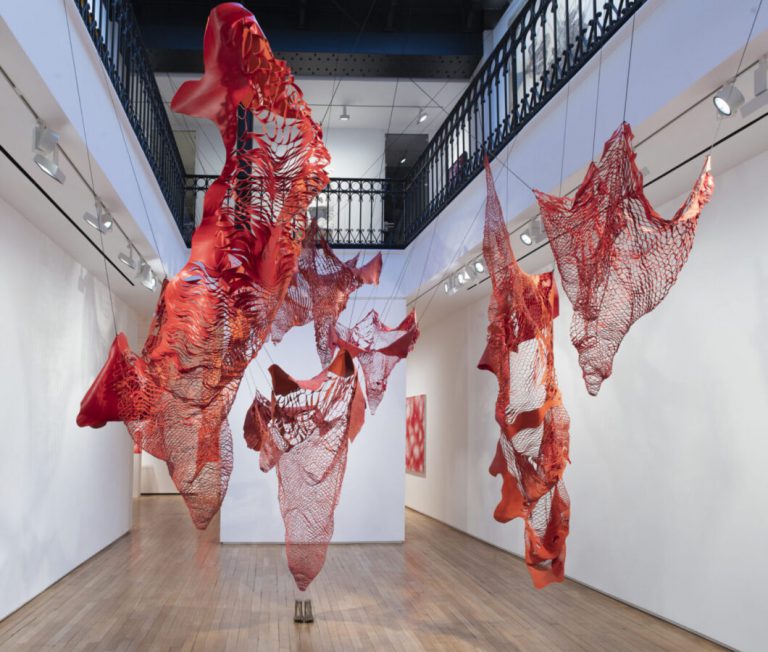Chiharu Shiota’s new show, Inner Universe, runs at the Templon Gallery in Paris, France until 25th July 2020. We recently had the opportunity to speak to this incredible artist, so let us show you the unique art of Chiharu Shiota.
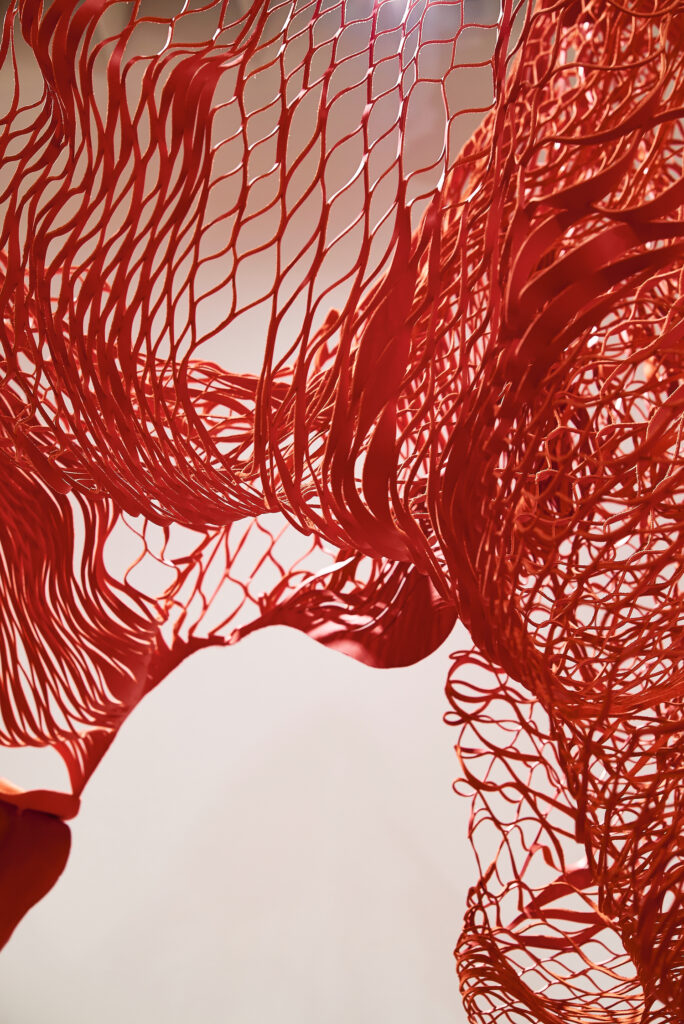
Berlin-based artist Chiharu Shiota creates monumental artworks that immerse the visitor in a tangled web of their own imagination. Delicate yarn installations, filling a gallery space, move you from creation to death, and almost impossibly, beyond.

Yarn
Shiota mostly works with coloured yarn. In English ‘yarn’ can mean two things: a spun thread, or a story. The word has been in use since the 1300’s, when people would tell ‘yarns’ (stories) over sedentary practical tasks like spinning or weaving. Shiota draws on centuries of artistry, her weaving takes the audience from safety to oblivion and back again, triggering all sorts of personal and emotional reactions.
Born in Japan in 1972, Shiota settled in Berlin, Germany at age 24. It is said that Berlin visibly carries the scars of its past and that there are shadows and ghosts everywhere. A fitting location for Shiota’s themes of presence and absence. She says:
Berlin was at that time already an artist city, the atmosphere was good, a lot of artists came to live in Berlin, that drew me in. But of course, I could not just come and live in Berlin. I decided to continue my studies here and then stayed.
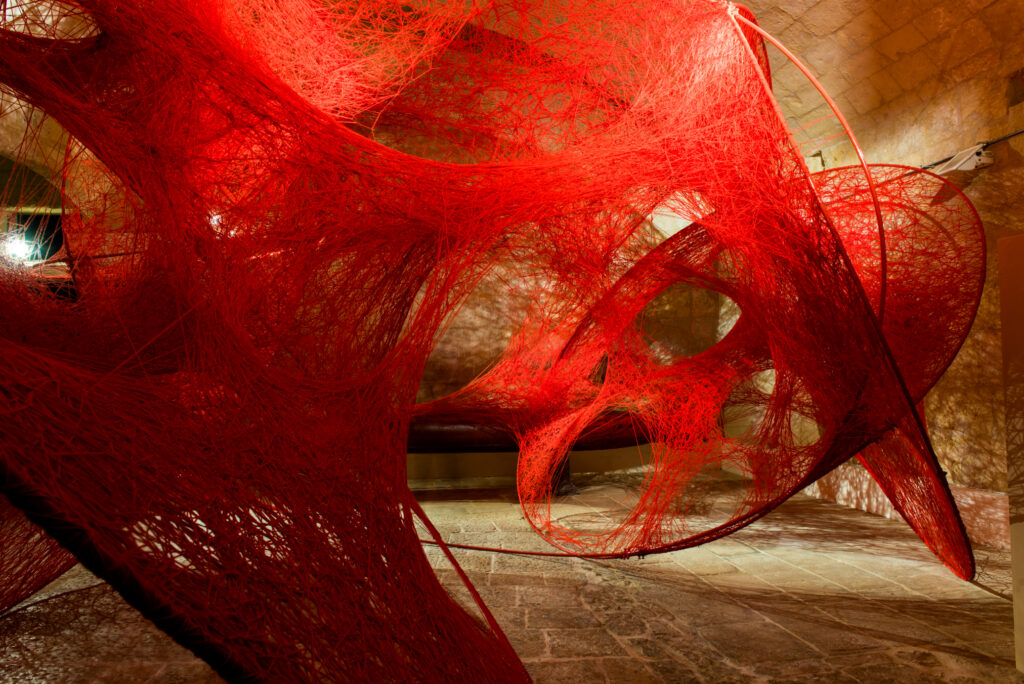
Chiharu Shiota has worked with some of the great names in art, including Marina Abramovic.
There is an art world rumour that Shiota’s introduction to Abramovic was an error and she was originally destined to study under Polish sculptor, Magdalena Abakonowicz. I asked if this was true?
Yes, this is true. I wanted to come to Germany, and my friend said her teacher is Magdalena. I saw her work when I was young, and it really inspired me. I wanted to study with her, but when I arrived it was Marina. My friend had mixed up the names. But I was very happy to meet Marina!

Shiota’s time with Abramovic clearly provoked some intense and life-changing moments. Abramovic’s students describe her workshops as intense ‘bootcamps’ where fasting, crawling naked through mud and testing physical and emotional boundaries are the order of the day.
Australia
In her early art studies, Shiota was dissatisfied and felt she was ‘making art for art’s sake’. Time on a student exchange programme in Australia seems to have triggered an artistic epiphany. A dream about being ‘inside’ a painting led to Becoming Painting, an installation piece where she is drenched in red enamel paint. The paint was toxic, and took months to wash off, but something had changed, and Shiota’s art radically changed direction.
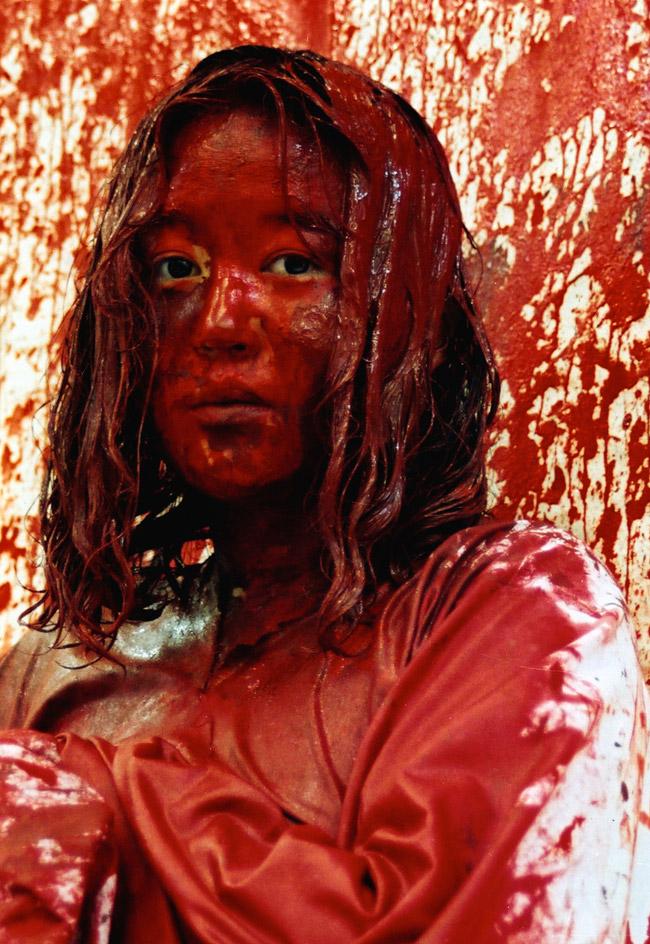
During my stay in Australia, I travelled throughout the country and met Indigenous Australians. The earth had a totally different energy in Australia. I also climbed Uluru/Ayers Rock and could feel the earth before human existence. I began using natural materials in my art, for example ‘One Line’ which was one line made out of dried beans. Nature became an inspiration for my work.
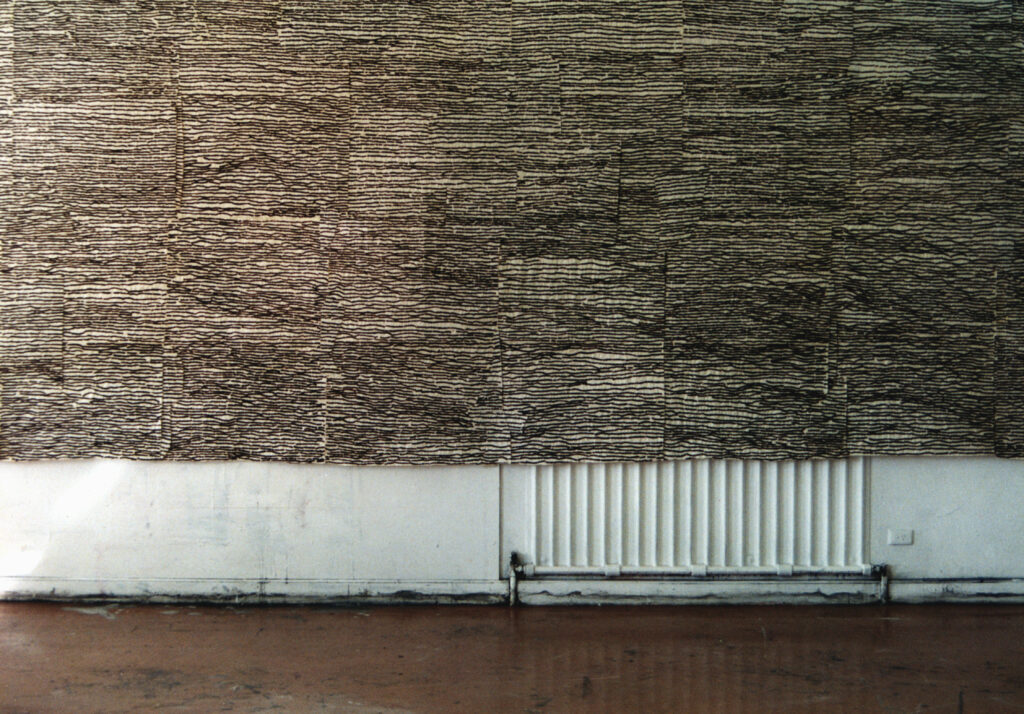
Existence in Absence
A work can take up to two weeks to install within a gallery space. Shiota has a team who work with her, people she trusts who know her weaving patterns. I asked Shiota how she would describe her subject matter, and how that had changed over the years?
The theme of my work is ‘existence in the absence’, no physical body is present, but I feel like someone is there. Three years ago, my cancer returned. While going through my therapy and overcoming this sickness, I was thinking much more about the body and its connection, and I wanted to make more of my body parts. With my art, I want to create something that cannot be explained in normal life and when they (the visitor) sees the art piece, I believe they recognize this feeling.
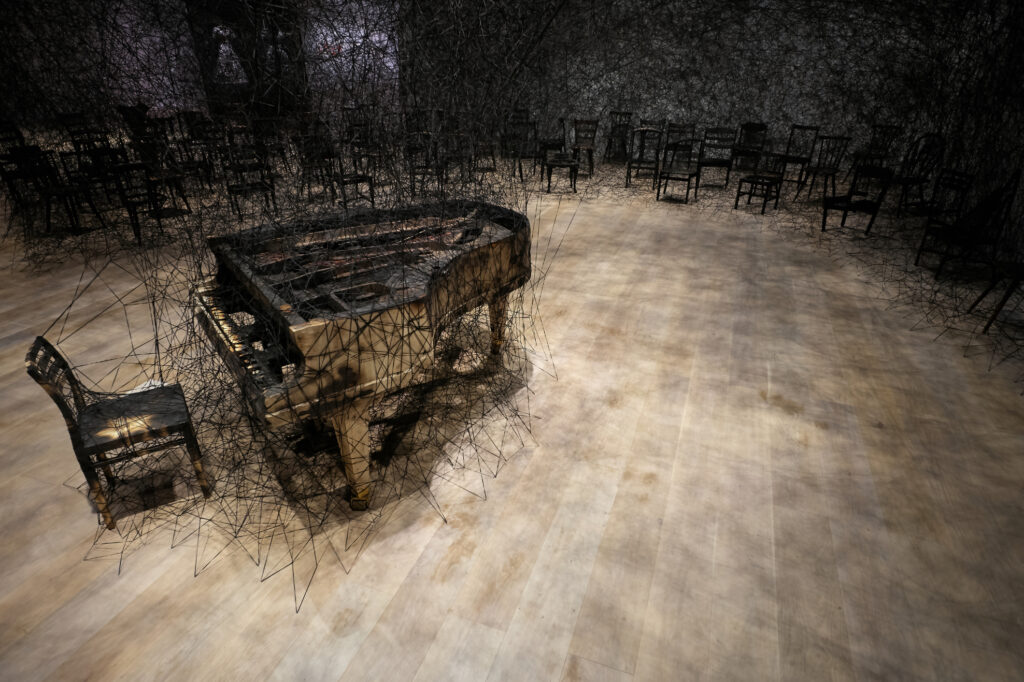
Templon gallery say that this current show is ‘an invitation to go on a poetic journey, examining the secret ties between the finiteness of existence and eternity.’ First the visitor encounters an in-situ installation with Shiota’s signature red, white and black thread installations. Ordinary household items such as clothes and books hang within. The artist explains:
The thread separates us from this physical presence within the object, but at the same time, this structure allows me to create a new space. Piling up layer after layer of cut, tangled and knotted thread creates the entirety of the universe bound to this frame.
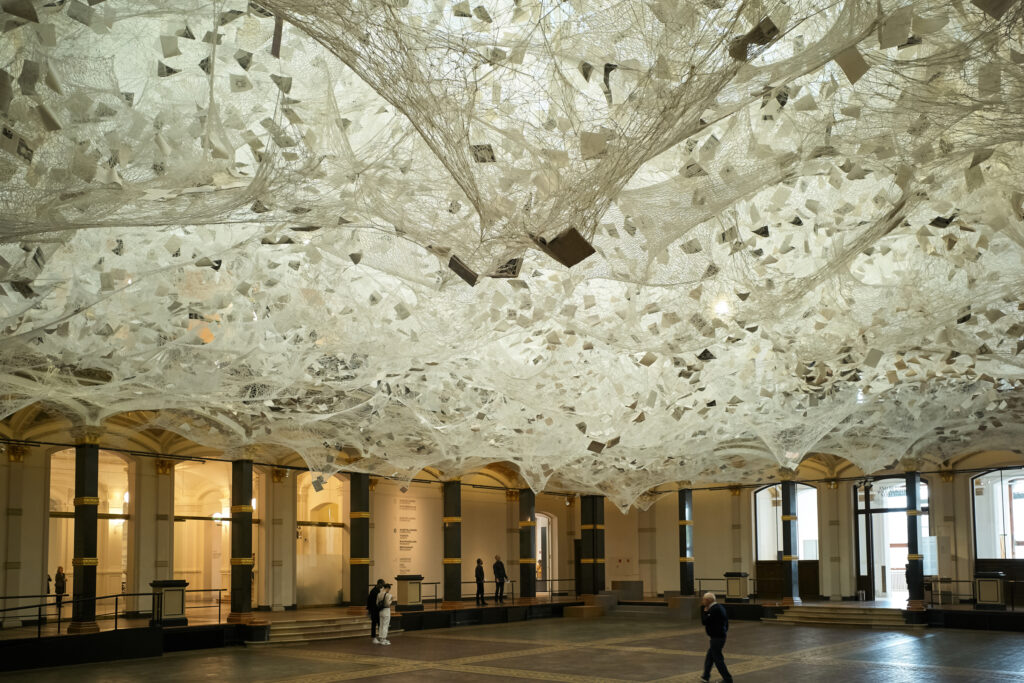
Beyond this there is a series of new sculptures exploring the ‘inner universe’ that some may see as the mind, others as consciousness, and which transcends the body, connecting beings to each other. Unlike her thread work, these are permanent and imperishable materials. Bronze, blown-glass and canvas refer to a world which might be microscopic or as large as a universe.
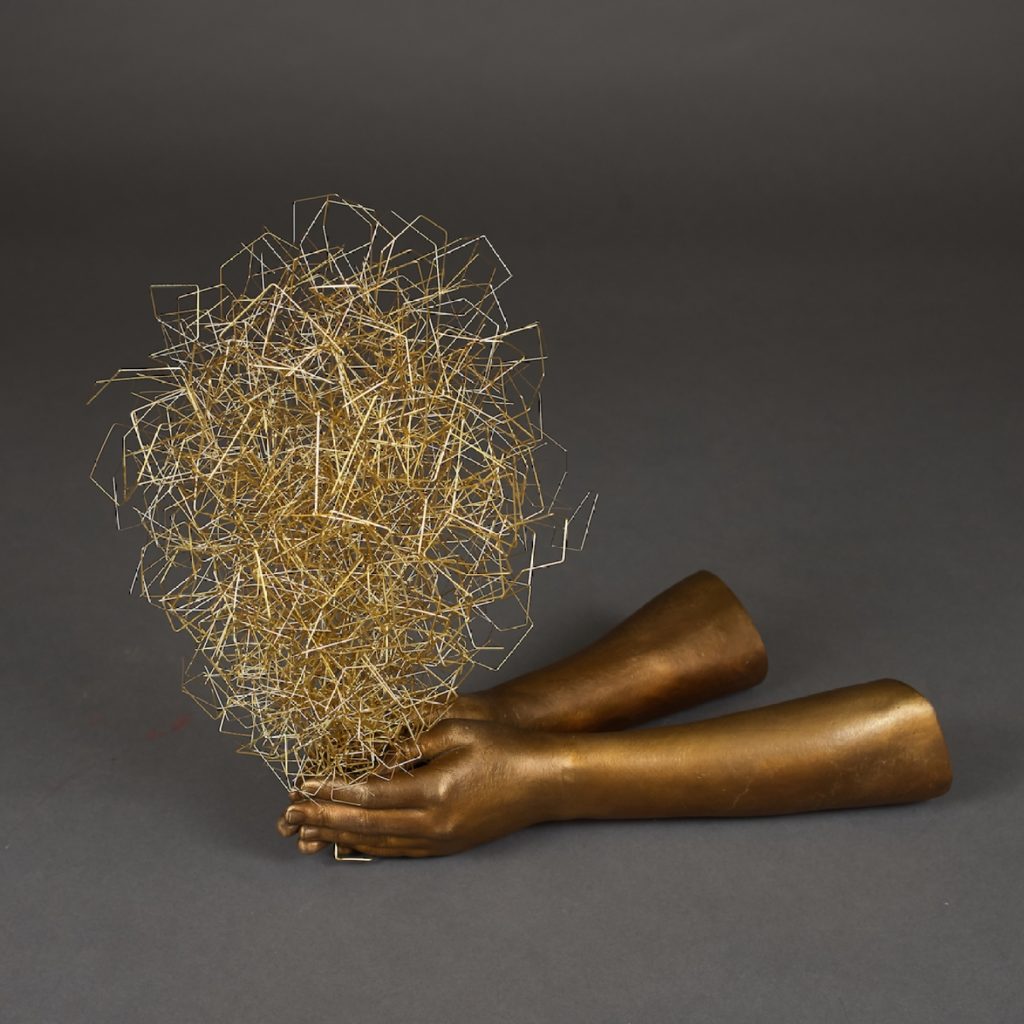
The final piece is a whirling vortex of yarn and paper, reaching for the glass roof of the gallery, like a hurricane paused. In the eye of the storm Shiota has placed bronze body part sculptures referencing herself and her family. Shiota shows us that death is just one part of a life cycle that continues into infinity.
Dark Ecology
The tension in Shiota’s work stays with the visitor long after the exhibition is over. Walking through that web of yarn, are you tangled and constrained? Or are you cocooned and cradled? And more than this, you are in a collective experience, so what are people around you feeling? What memories and emotions are triggered? Her work might even be compared to the burgeoning philosophical field described as ‘Dark Ecology’, where all life is enmeshed and interdependent, and everything – every living thing, every object – has consciousness.
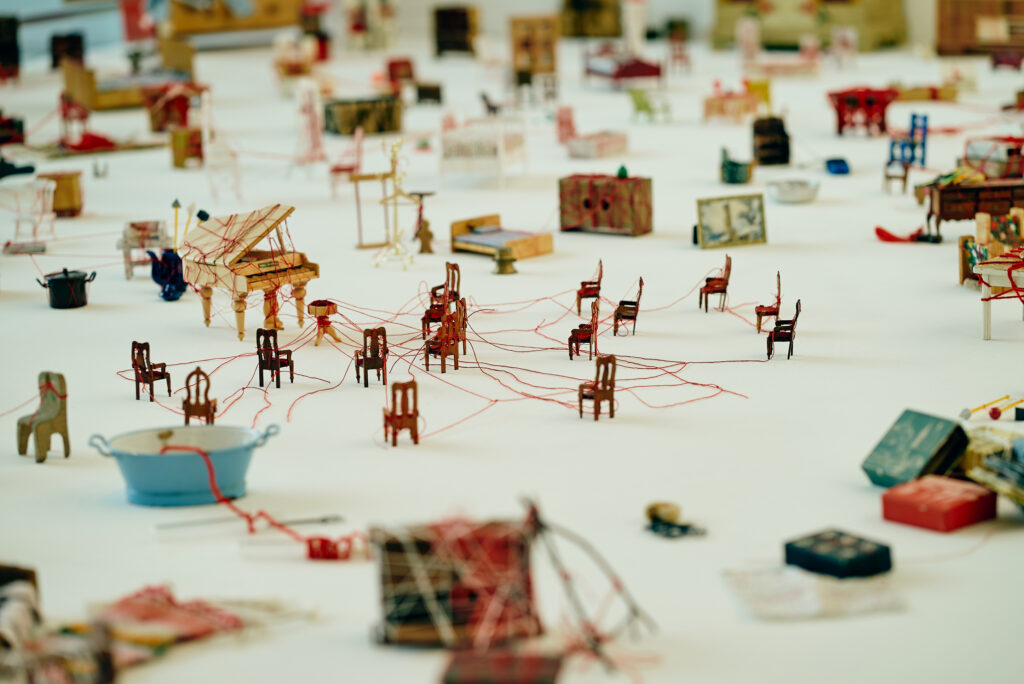
Her choice of a limited colour palette is deliberate. Black for depth, night skies, death. White for the unconscious, the infinite, the spiritual. Red for blood and life. Legend has it that a red thread is the lifeline that connects you to others and to your destiny. You follow the thread to find your homeland, and your place in the Universe, before, during, and after life. This earthly plane is just one component of your existence.

Read more about Counting Memories here.
Found Objects
The found objects she uses (shoes, suitcases, books) carry traces of all the people who have used them, the ghostly imprints of us, left on the things we loved and cared about. The empty chair may have just been vacated, or it may be expecting a guest. Does it hint at a possibility, or a loss? Both absence AND presence co-exist, but Shiota leaves us to make our own meanings. In fact, she has said previously that she doesn’t really want to explain her works, that she wants them to create an emotional impression, and that her work isn’t really active until someone is inside it.
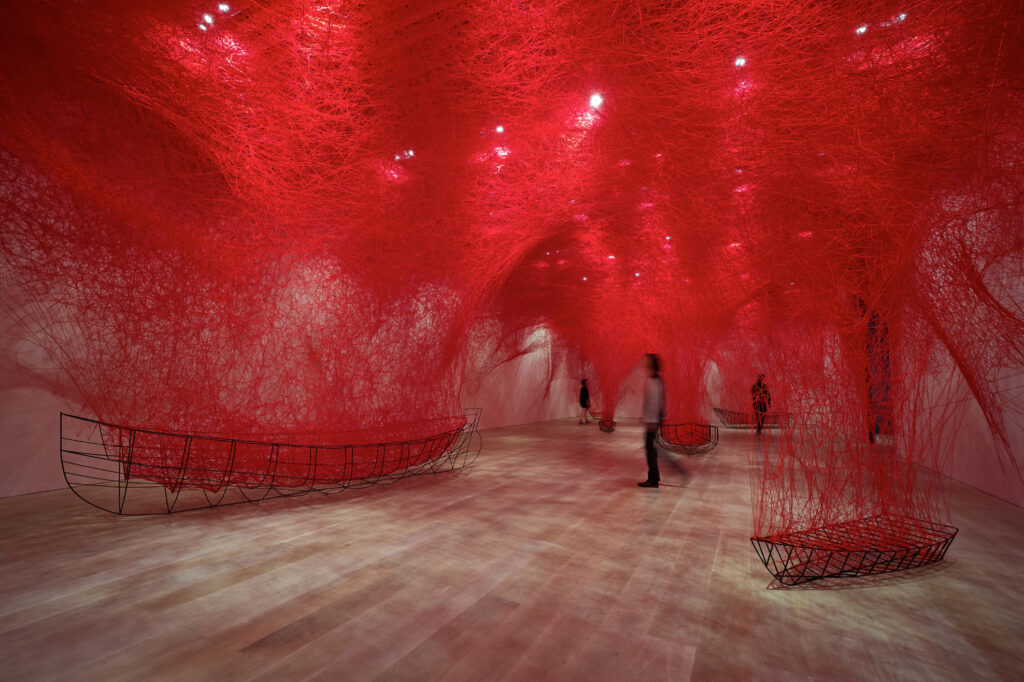
Shiota works and exhibits all over the globe. I asked how that felt? She answered that she cannot separate travel and work, they are connected:
While traveling, I am not distracted but inspired, I have to think and work and travel.
Because of Corona, I could not fly to Paris. I had to create everything at my studio and describe how to hang it for the gallery. We had a lot of skype calls and meetings during the set-up. Normally, I always go to the exhibition space, it is very weird not to be there.
Sadly, many galleries and museums across the globe are still closed at the moment, and re-opening may involve some very different ways of exhibiting and visiting. Shiota is pleased to see the French government choosing to re-open art spaces. She said:
They were one of the first ones that could open, some even before restaurants. I think this showed that the government values art and it’s important to them.

Stage Design
Shiota has done a lot of stage design work from quite early in her career. She has worked on opera, on Shakespeare and on modern theatre. Her artwork is theatrical, and has a major element of performance. And just like a stage show, once over, the yarn is taken down and only the memory remains. I asked if stage design was a deliberate decision or a fortuitous accident? And how does stage design work differ from art work?
I was approached by a theatre choreographer many years ago and was asked to create a stage design for them. Even today sometimes dancers have asked me to create a stage design because they saw my installation at the museum, and they think the installation fits into their story.
But the theatre and the museum are very different spaces because the theatre has dancers or actors and, in my installations, no one is present only the visitor. My installations and the stage design are not separate, but they are also different. So, normally I create spaces without people but for the theatre I had to create something with people. This was completely different. Sometimes it was difficult, but it was also nice working in a team. When I create art for a museum, I decide everything by myself, but in the theatre, I had to decide with other people on lighting, sizes, spaces etc.
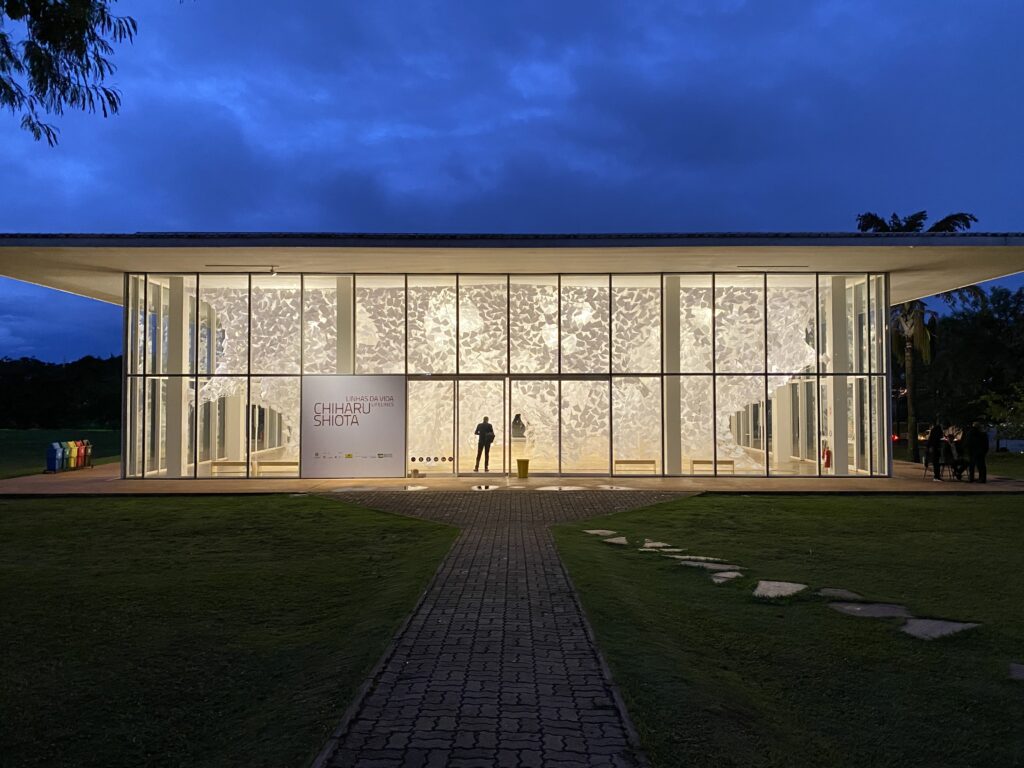
Shiota grew up next door to the family factory. The impact of seeing lives spent on repetitive, machine-like employment had a profound impact on her and she vowed to find a more creative existence. She said:
When I was a student, I was working in a restaurant to pay the bills, but I always wanted to be an artist. There is no other profession for me.
Her advice to young artists starting out today is to stick with it:
If you have an idea, you have to continue. You have to make it reality. Do not give up in between.
Influences
Asked about her influences she mentions Ana Mendieta:
She is a Cuban artist. I like her work very much. She also connected the body with the universe and her work is very powerful. Unfortunately, she died very young.
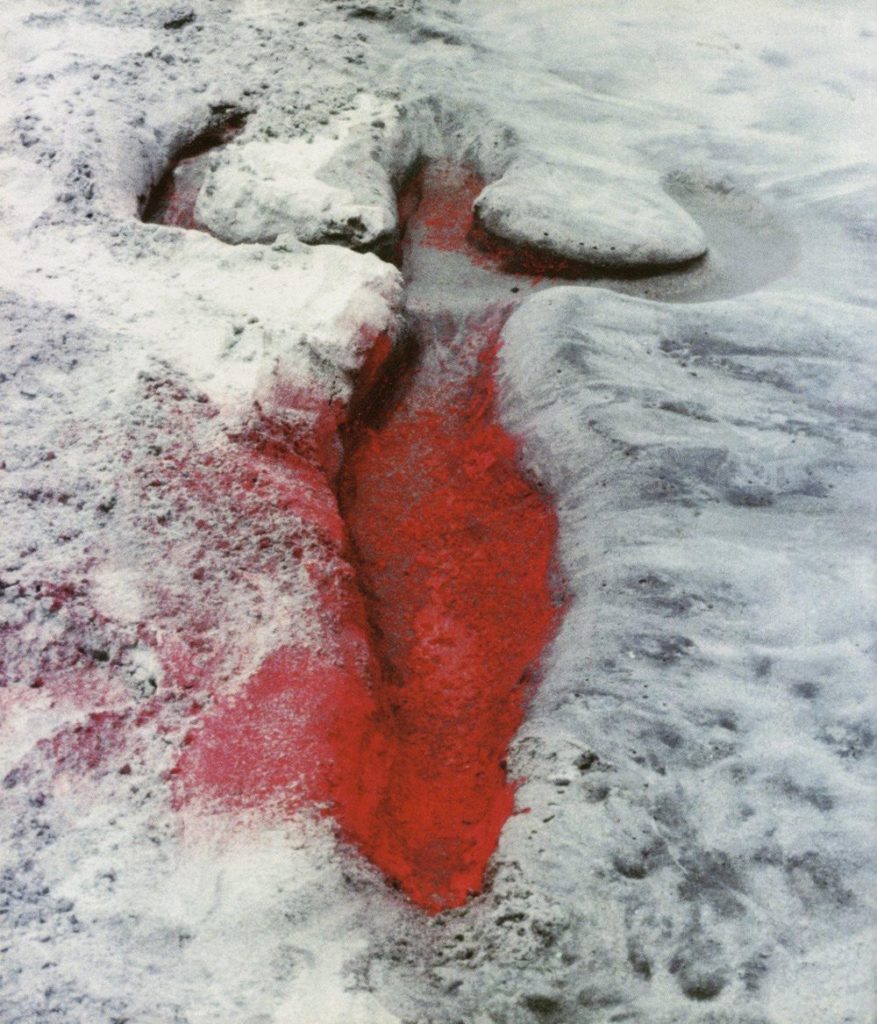
The answer was art
Award-winning Shiota has work held in permanent collections all over the world. But she says she isn’t finished – from her earliest works she has been looking for the best way to share her thoughts and feelings. In a video interview in 2017 she said:
Sometimes words can’t describe what I would like to express. Thinking about how to communicate better, the answer was art.
We should all be lucky enough to become immersed in Chiharu Shiota’s answers, and in her breath-taking art.
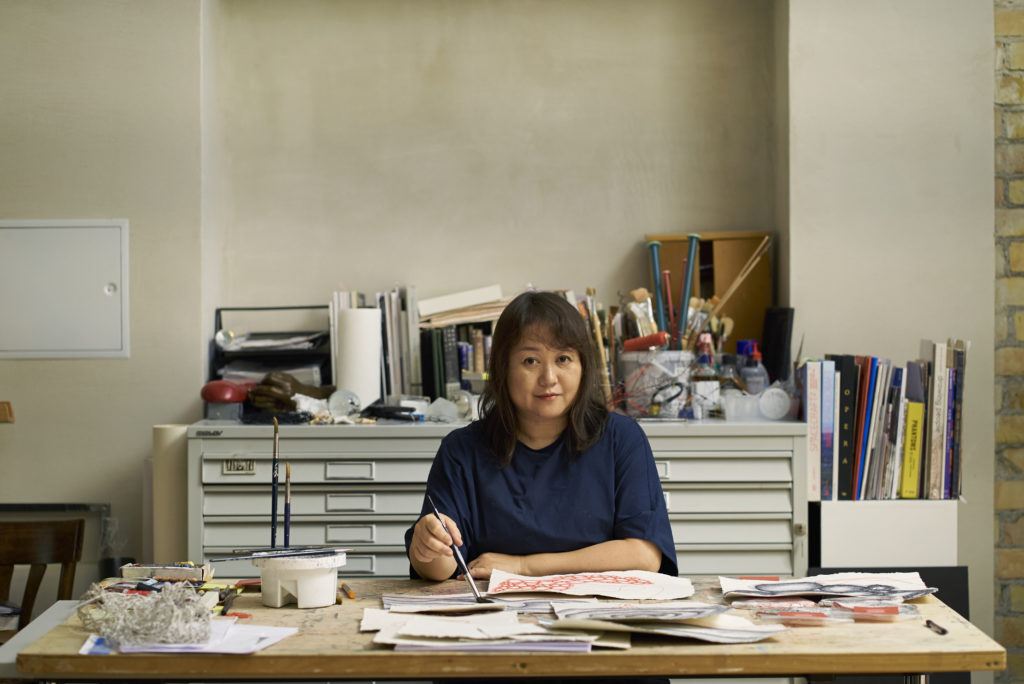
For more on Shiota, this video is worth a watch: The theatricality of Chiharu Shiota’s art. Brilliant Ideas episode 52. Bloomberg Quick Take Originals. And her website has more of her art. Visit the Chiharu Shiota’s Inner Universe exhibition in the Templon Gallery’s viewing room!
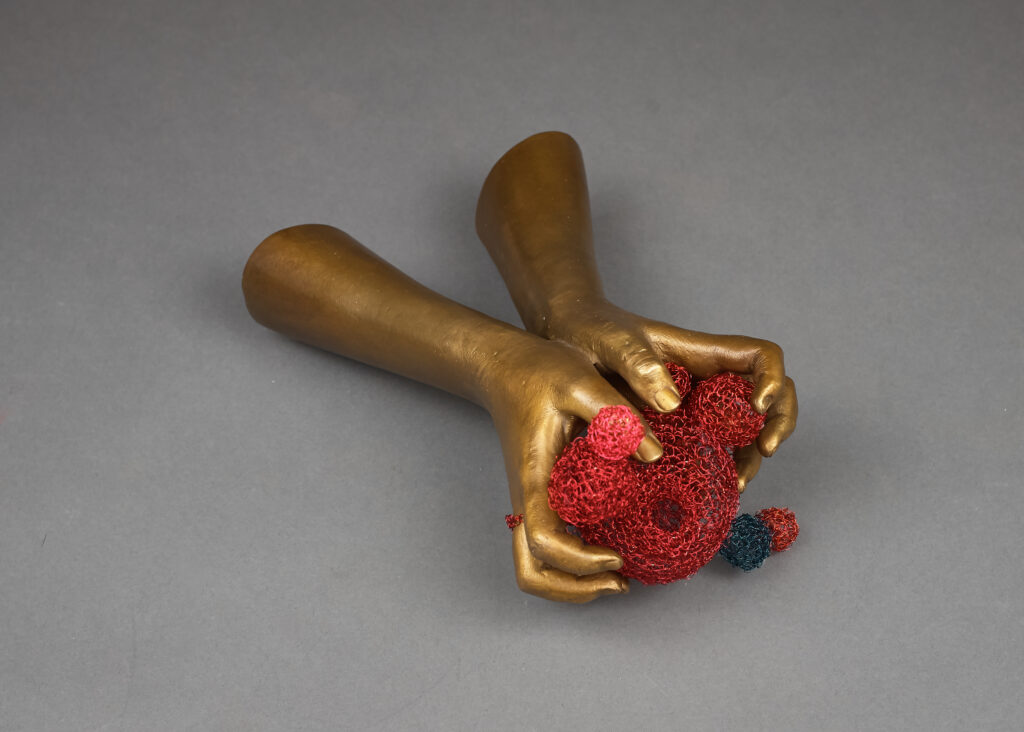
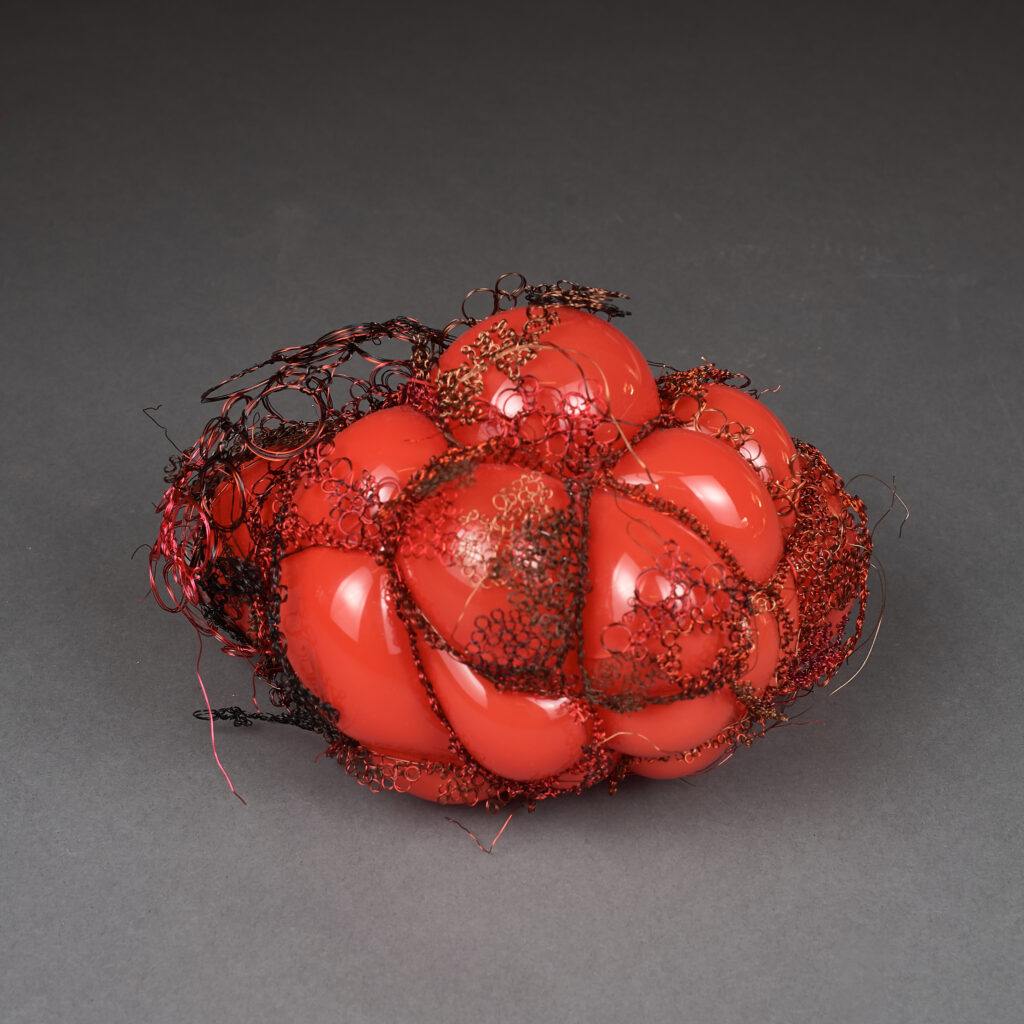
Curious about Chiharu Shiota? Have a look at our review of her Katowice installation:
